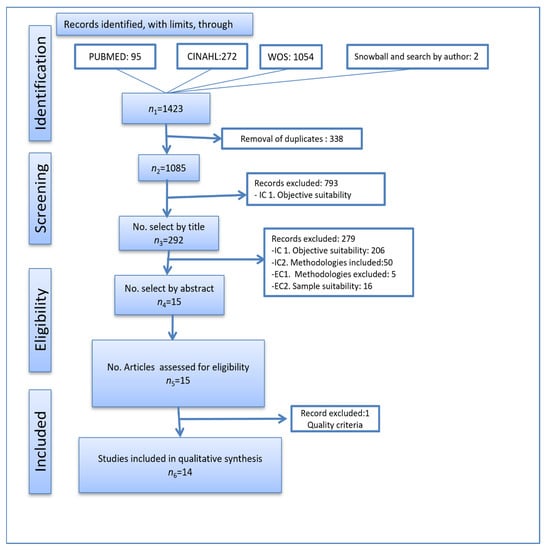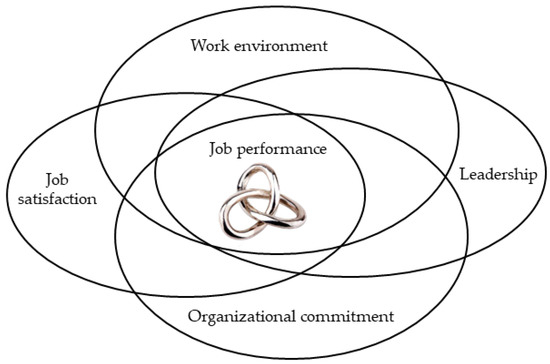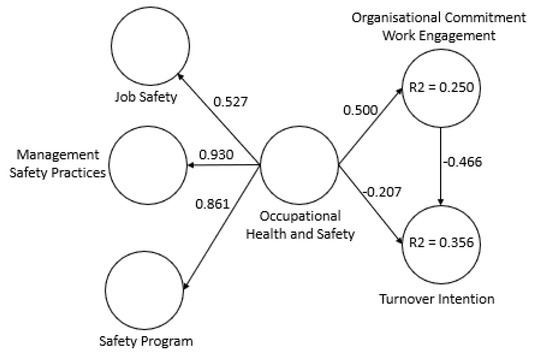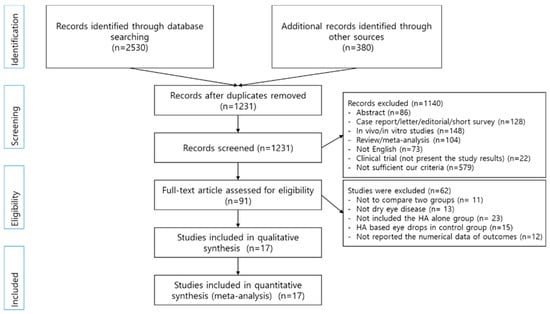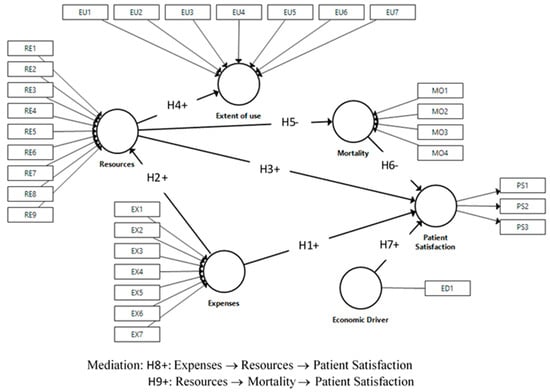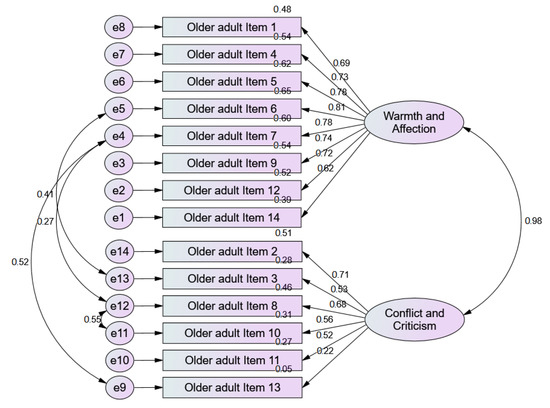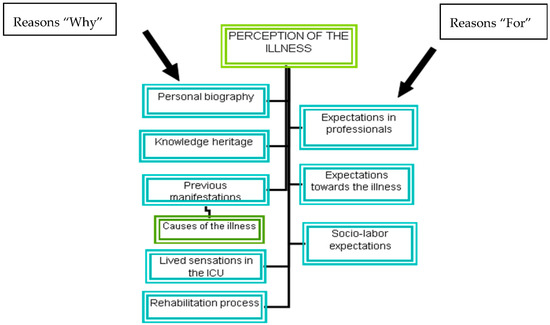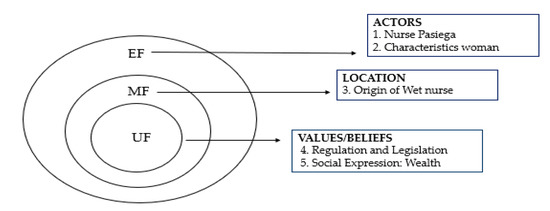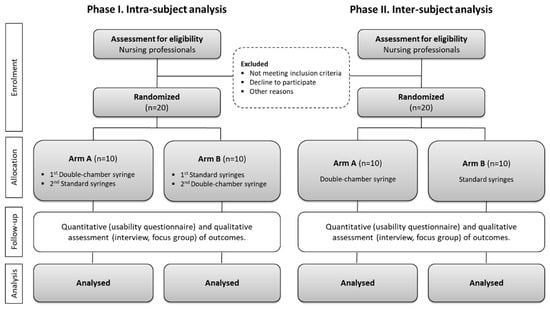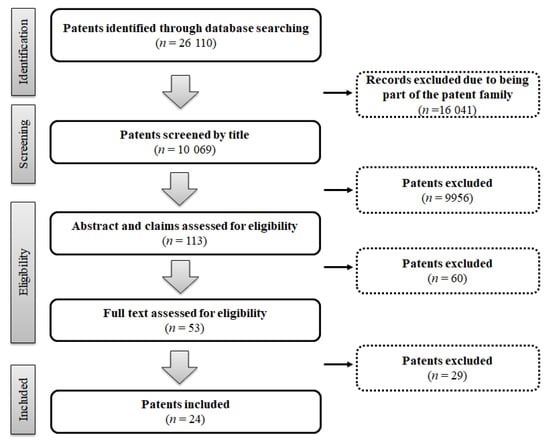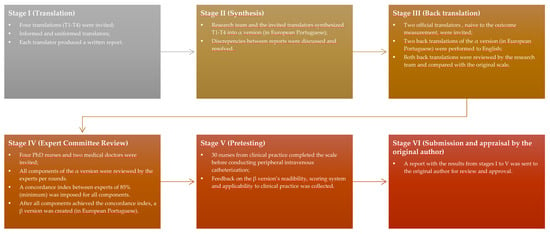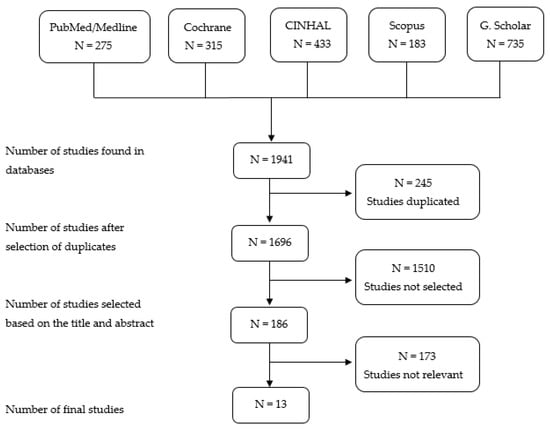A Focus on Healthcare from the Perspective of Gender, Culture, Management, and the Economy
A topical collection in International Journal of Environmental Research and Public Health (ISSN 1660-4601). This collection belongs to the section "Health Care Sciences".
Viewed by 108466Editors
Interests: nursing history; anthropology of care; nursing based on narrative; health, context, and culture; dialectical structural model of care; anthropology of education
Interests: clinical anthropology; anthropology of care; gender and health; intercultural care; anthropology of education
Interests: nursing history; theory; method of care; epistemology
Interests: healthcare and hospital management; occupational risks prevention; corporate social responsibility; quality management; marketing; strategy; corporate governance; business intelligence; innovation; human resources; sports management
Special Issues, Collections and Topics in MDPI journals
Topical Collection Information
Dear Colleagues,
The literature has highlighted the organization and provision of health-oriented care in societies over time, along with the implications for gender equality. In turn, care throughout history (both paid and unpaid) has been fundamental to both human wellbeing and economic and social development. In other words, what is of particular interest to the care economy is the relationship between the way societies have organized their members’ healthcare and the management of the functioning of the health economic system. Therefore, gender and culture are foundations of individual and social identity, which condition the various forms of interaction in the care administration relationship between the professional and the patient/family. In recent years, emphasis has been placed on the study of the so-called care economy from the perspective of gender, culture, and healthcare management.
The objective that we propose in this Special Edition is to bring together the latest research framed in the culture of care, its evolution in societies, care economics, and care management, highlighting the gender perspective. Likewise, we propose to do this through the adoption of transdisciplinary approaches that prioritize in these studies relational analysis in the context of health scenarios, ideologies, and people.
Therefore, studies are justified in relation to health and illness, the culture of care, and the profile (sex/gender) of the care provider. This Special Issue seeks studies with different quantitative and qualitative methodologies, as well as studies of mixed methods. Reviews following quality criteria will also be considered. We particularly welcome research projects that adopt a multisectoral and transdisciplinary approach.
Prof. Dr. José Siles Gonzalez
Prof. Dr. Carmen Solano Ruiz
Prof. Dr. Paulo Joaquim Pina Queirós
Prof. Dr. Benito Yañez-Araque
Collection Editors
Manuscript Submission Information
Manuscripts should be submitted online at www.mdpi.com by registering and logging in to this website. Once you are registered, click here to go to the submission form. Manuscripts can be submitted until the deadline. All submissions that pass pre-check are peer-reviewed. Accepted papers will be published continuously in the journal (as soon as accepted) and will be listed together on the collection website. Research articles, review articles as well as short communications are invited. For planned papers, a title and short abstract (about 100 words) can be sent to the Editorial Office for announcement on this website.
Submitted manuscripts should not have been published previously, nor be under consideration for publication elsewhere (except conference proceedings papers). All manuscripts are thoroughly refereed through a single-blind peer-review process. A guide for authors and other relevant information for submission of manuscripts is available on the Instructions for Authors page. International Journal of Environmental Research and Public Health is an international peer-reviewed open access monthly journal published by MDPI.
Please visit the Instructions for Authors page before submitting a manuscript. The Article Processing Charge (APC) for publication in this open access journal is 2500 CHF (Swiss Francs). Submitted papers should be well formatted and use good English. Authors may use MDPI's English editing service prior to publication or during author revisions.
Keywords
- gender and health
- intercultural care
- health economics
- health education
- hospital management
- health promotion
- healthcare
- clinical anthropology
- anthropology of education










